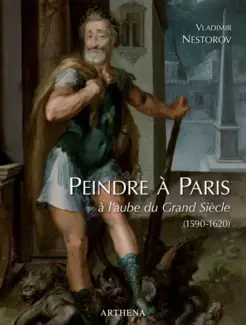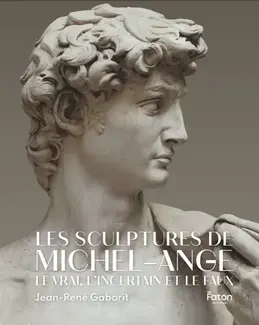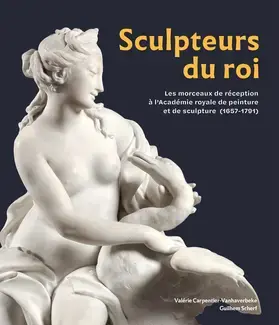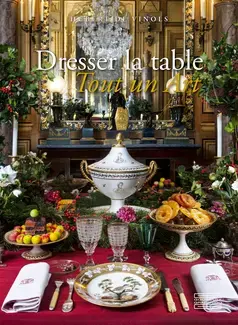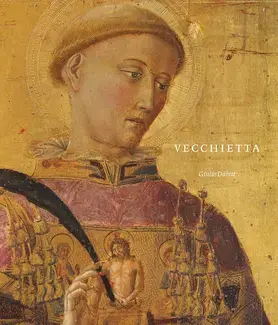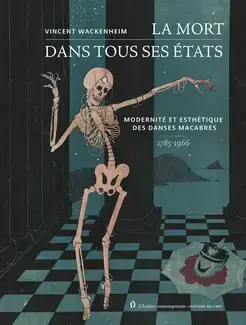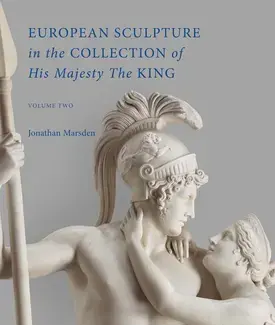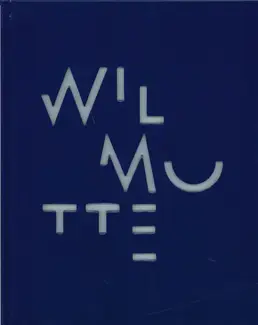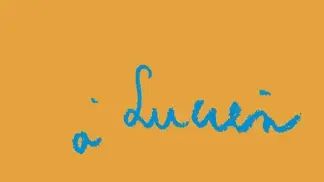 Home
Home
Le Louvre et ses chiens

Auteur(s) : Martin Bethenod
From Mesopotamian and Egyptian antiquities to modern times, dogs are everywhere in the Louvre. Made of silver, marble, bronze, porcelain or paper, and appearing on all kinds of familiar or sacred objects, they are called Polydore, Chimène, Argos or Médor; they accompany gods, heroes of mythology, saints and the powerful, but also children, shepherds, hunters, beggars and artists. From the first greyhounds on the vases of Susa to those of the Marly courtyard, from the tiny spaniels reflected in the sphere in Marguerite Gérard's L'Élève intéressante or in The Wedding at Cana, to the braque whose eye can be glimpsed in Largillière's Portrait de famille, whether asleep, ribboned, menacing or leaping, dogs are omnipresent in all departments of the museum.
This book brings together more than 250 works, both famous and unknown, and invites readers to discover the dogs in the Louvre's collections. It opens with a general text introducing the historical, iconographic and symbolic significance of dogs in art history, and offers an original, serious yet playful interpretation through eight indexes.


Nous vous recommandons
We also
recommend
Bookshop
New book new





